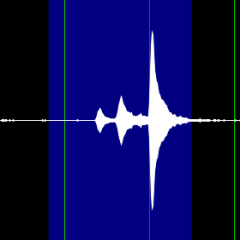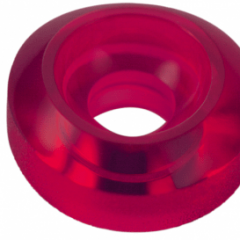Best Practice - Regulating Watch Without a Timegrapher
-
Similar Content
-
Recently Browsing
- No registered users viewing this page.
-
Topics
-
Posts
-
I don't beleive shimming conforms to Swiss horolog standards, but if its to compensate for pivot wear, it actually is not a bad practice, for the following reasons. 1-No need to deform any part. 2- Substitutes restaffing balance wheel, thus no need to re-poise balance wheel, among other tasks to built a balance complete. Which is why, I tend to recommend shimming specially to beginers. Lets not forget, to beginers, getting a non runner to tick and perhaps tok 🤩 is best encouragement. Regs I don't beleive shimming conforms to Swiss horolog standards, but if its to compensate for pivot wear, it actually is not a bad practice, for the following reasons. 1-No need to deform any part. 2- Substitutes restaffing balance wheel, thus no need to re-poise balance wheel, among other tasks to built a balance complete. Which is why, I tend to recommend shimming specially to beginers. Lets not forget, to beginers, getting a non runner to tick and perhaps tok 🤩 is best encouragement. Regs I don't beleive shimming conforms to Swiss horolog standards, but if its to compensate for pivot wear, it actually is not a bad practice, for the following reasons. 1-No need to deform any part. 2- Substitutes restaffing balance wheel, thus no need to re-poise balance wheel, among other tasks to built a balance complete. Which is why, I tend to recommend shimming specially to beginers. Lets not forget, to beginers, getting a non runner to tick and perhaps tok 🤩 is best encouragement. Regs I don't beleive shimming conforms to Swiss horolog standards, but if its to compensate for pivot wear, it actually is not a bad practice, for the following reasons. 1-No need to deform any part. 2- Substitutes restaffing balance wheel, thus no need to re-poise balance wheel, among other tasks to built a balance complete. Which is why, I tend to recommend shimming specially to beginers. Lets not forget, to beginers, getting a non runner to tick and perhaps tok 🤩 is best encouragement. Regs I don't beleive shimming conforms to Swiss horolog standards, but if its to compensate for pivot wear, it actually is not a bad practice, for the following reasons. 1-No need to deform any part. 2- Substitutes restaffing balance wheel, thus no need to re-poise balance wheel, among other tasks to built a balance complete. Which is why, I tend to recommend shimming specially to beginers. Lets not forget, to beginers, getting a non runner to tick and perhaps tok 🤩 is best encouragement. Regs
-
By Neverenoughwatches · Posted
Actually the last two were not so long ago, I was actually after the stakes and the Trupoise just happened to be there as a bonus. Just counted them, I have 4 and another similar one but better 🤦♂️. So yes they do come up for sale quite cheap sometimes if nobody is wanting to buy one at the time. Somewhat of an overreaction ! I have learnt a few things from Kalle ( generally not what to do lol ) , but he honestly does my head in . I might even have to demote him to the level of our new watch term- generously donated by John- of " Prior Idiot " 😅 This statement make you " The Man " today. I've had some pretty good finds at carboots inc. A Dirty Dozen, but a Trupoise puts you up there on tge leader board today 😅 And my attention to grammar and spelling is failing today , jist though Id mension thhat. 😅 -
Dear WRT Community, My name is Ben, I am a watch enthusiast learning about watch servicing and repair thanks to Mark‘s course. I started a while ago and I am progressing at a very slow yet enjoyable pace. I look forward to exchanging with you on this forum! Ben
-
I wonder if they ever got the back off, dug mine out today for a change.
-










Recommended Posts
Join the conversation
You can post now and register later. If you have an account, sign in now to post with your account.
Note: Your post will require moderator approval before it will be visible.